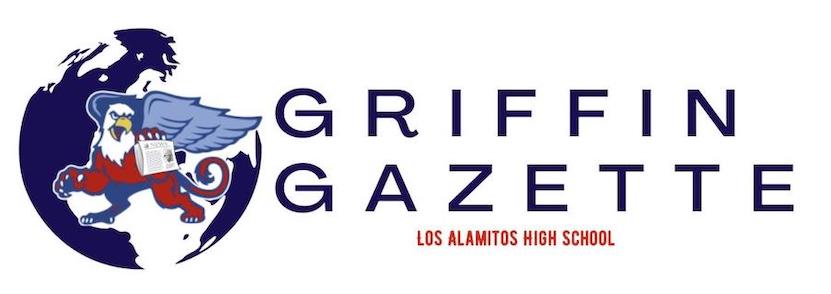The debt ceiling: What is it and what’s going on?
The US government hit the debt ceiling recently and catastrophic issues threaten the economy
February 8, 2023
National debt and the debt ceiling
The national debt has been around since the creation of our country. Even back to the Revolutionary War, where we paid close to $75 million to cover costs of war we were paying debts. The current evaluation of the US debt is $30 trillion and has currently surpassed the set limit. The debt limit was instated when the Public Debt Acts passed in 1939 to allow the government to spend money without asking for permission. The system has both pros and cons, however the cons became a very timely issue as of late.
On Jan. 19, 2023, the US officially hit the debt ceiling of $31.4 trillion. There are many possible consequences if the government does not do something about this problem.
What will happen if it is not resolved?
Currently, the dollar is the universal currency of the world. Many countries and companies utilize this currency, giving large American companies economic advantages. Being able to purchase and sell anything without having to pay an exchange rate is very cost effective and gives these companies a leg up over those from other countries.
“More than half of world trade – from oil and gold to cars and smartphones – is in US dollars, with the euro accounting for around 30% and all other currencies making up the balance,” said Michael Humphries, a Deputy Chair of Business Administration at Touro University.
Additionally, the world would have to shift to a different currency if the dollar collapsed, moving America to lose political power to countries that utilize the euro or the Chinese yuan.
To counteract such great economic despair, the American government has two options. They can either attempt to pay off some of the money to buy more time, or they can default on the debt, which is the worst case scenario. A debt default in simple terms is when a borrower is unable to pay their debts to the individual/company that loaned the money out. This would cause the borrower’s credibility to decrease significantly and opportunities to borrow in the future becomes significantly harder. It would lead to all of the aforementioned consequences too.
“Failure to raise the ceiling would leave the federal government unable to pay all of its bills, triggering a default. That would rattle financial markets around the world. Even if the government manages to avoid an actual default, simply coming close could raise borrowing costs and put a dent in people’s retirement savings,” said Greg Rosalsky, a reporter for NPR. Source
The possibility of a debt default is not out of the question and is in the realm of possibility.
How will it affect students?
Student debt forgiveness initiatives are a fairly new program created by President Biden. It aims to assist students with the burden of having to pay their college loans. If the US does not deal with the debt issue, these initiatives will be significantly delayed and may not be as abundant.





